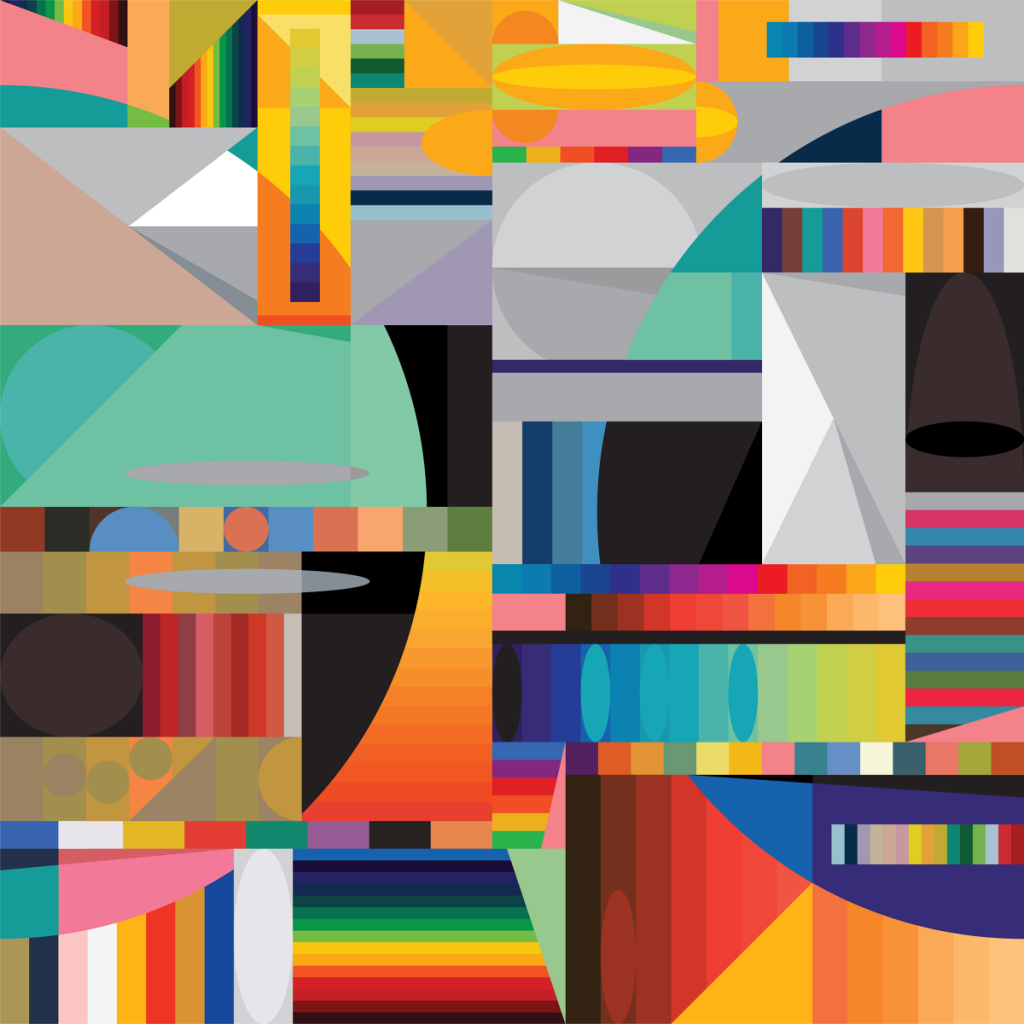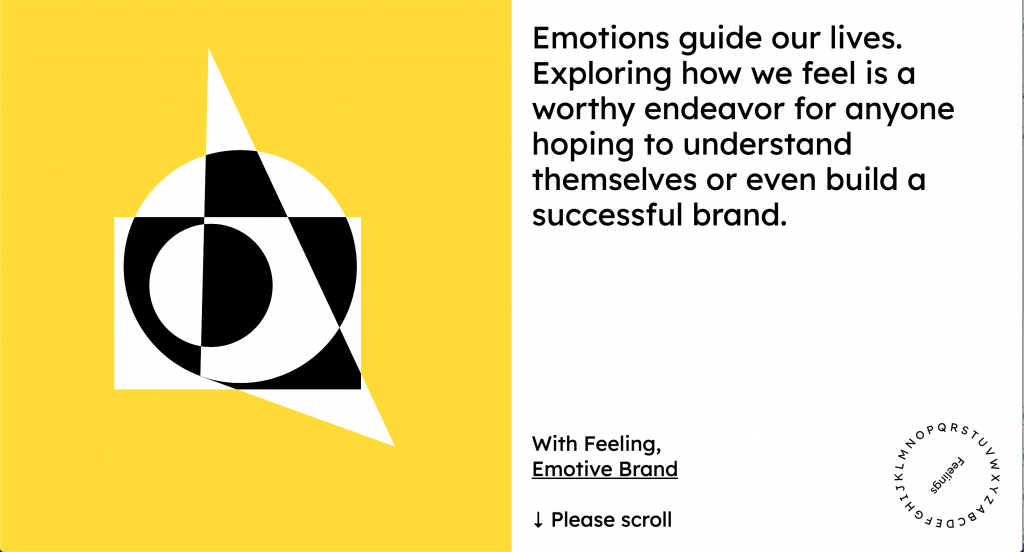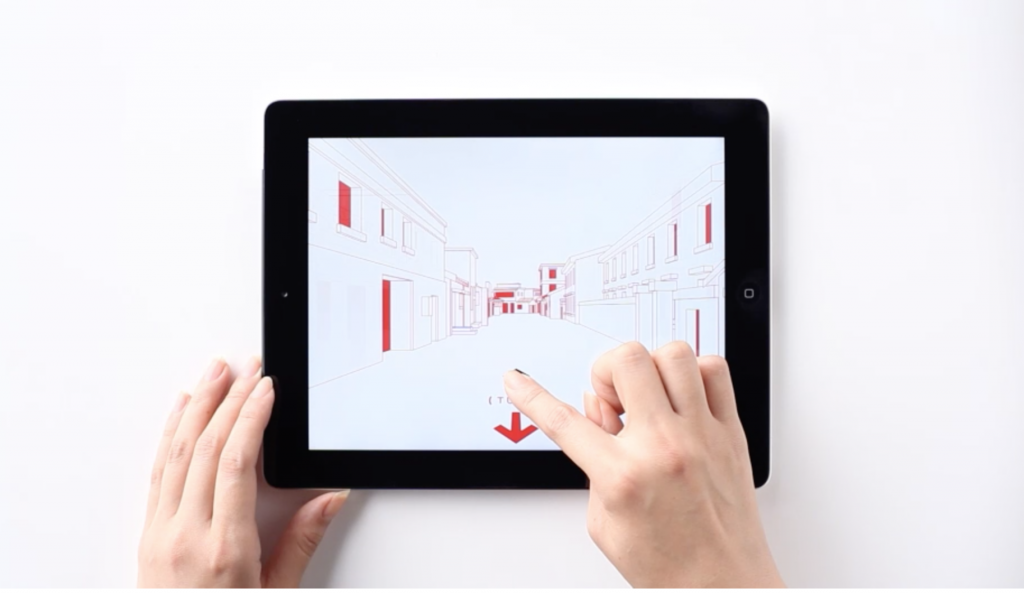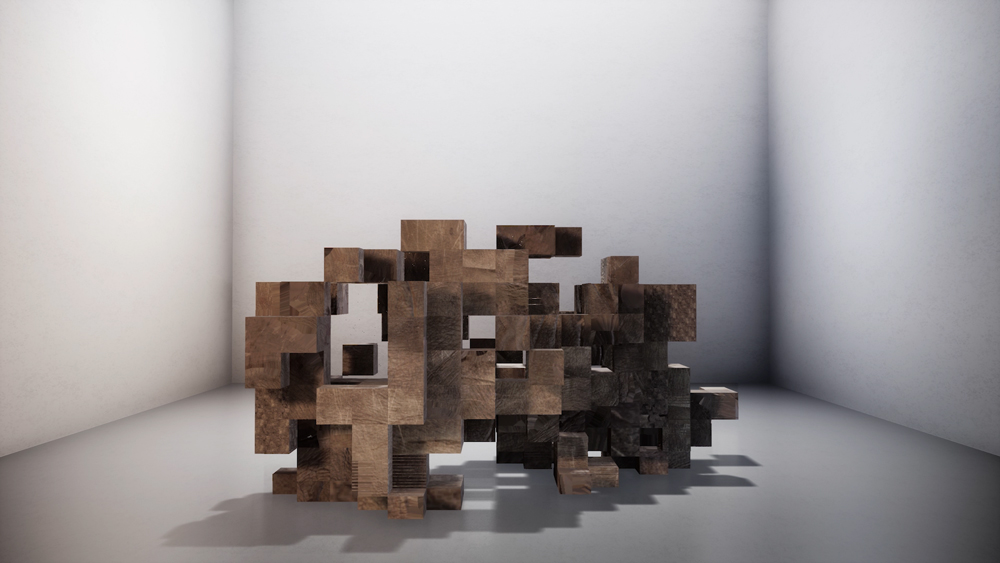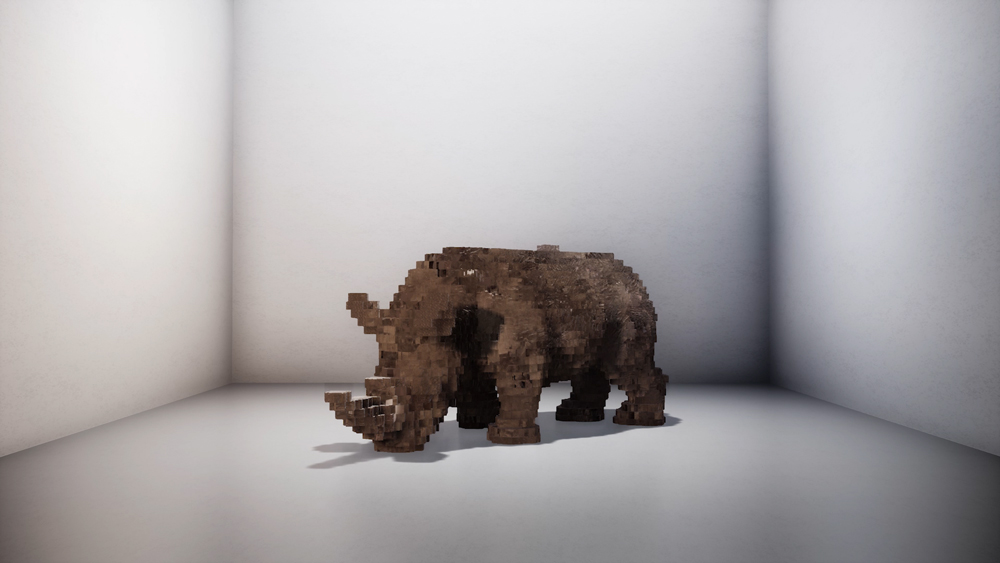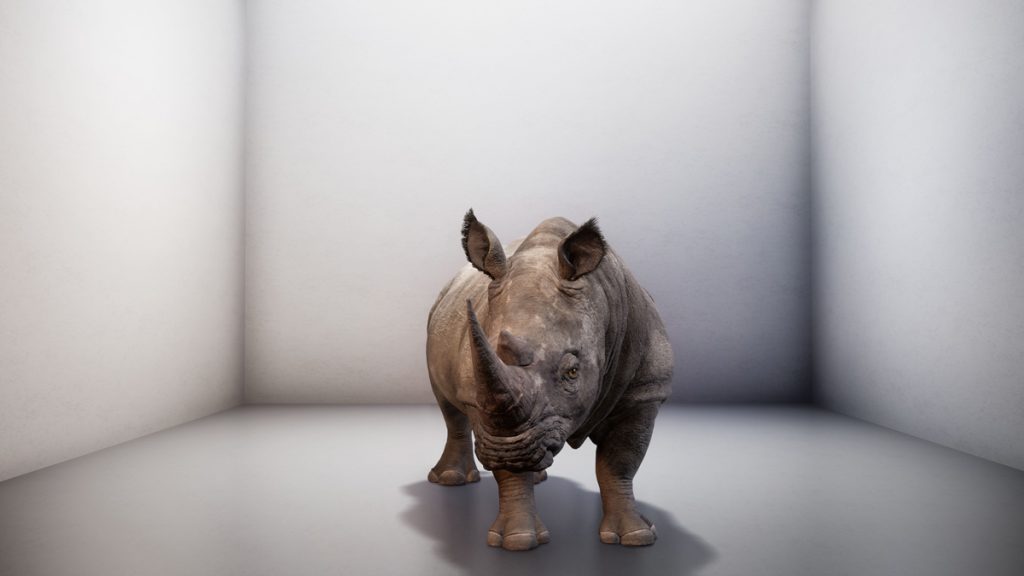An interactive project I knew before this course were the Pokemon games, specifically Pokemon Red and Blue, the first two pokemon games. These games were developed under the names PocketMonsters: (Red, Green, and Blue) by Gamefreak, published by Nintendo and specially introduced in Japan in 1996 for the Game Boy. I admire these games because I grew up playing pokemon and was always around cards, toys, and the games themselves. These games are where pokemon started. These first games were made by a team of 10 people, they split up to design and code the game, 4 of which were programers. The games took about 6 years. The creator Tajiri was inspired by the Game boy allowing players to play together via cables, and by Square’s Game Boy game The Final Fantasy Legend. The games were written in Z80 Assembly, the “off-the-shelf” software as it was introduced in the late 1970s. This game led to interactive game play between players, letting them collect, travel, and battle with each other. The future of these games includes vr, 3D games, and more interaction with the real world. These games were developed by GameFreak, designed by Satoshi Tajiri, and composed by Junichi Masuda.
source of information: https://en.wikipedia.org/wiki/Pok%C3%A9mon_Red_and_Blue

![[OLD FALL 2020] 15-104 • Introduction to Computing for Creative Practice](../../../../wp-content/uploads/2021/09/stop-banner.png)

